If you don’t love that, you don’t love NHL hockey.
Games like these are why I still romanticize this sport, even though recent events have proven it can be a lot better.
Saturday night was the first “big” regular-season game in a long time for Toronto, playing in front of a massive crowd, going up against the Bruins for the first time since November 2019. There was some serious emotion in this game, especially down the stretch in the third period, which you love to see as a hockey fan.
The Leafs ended up winning by a final score of 5-2 thanks to some strong performances from their top players, most notably Mitch Marner, who’s been on an absolute heater these last few games. I always love writing about games like these; there seems to be some genuine buzz in Leafs Nation right now.
That doesn’t always make it the easiest to rationally assess player performance right after an emotional game like that, but let’s try our best tonight. It’s time for some Leafs Report Cards!
5 Stars
Mitch Marner (RW, #16) — He’s back.
I could bring up the fact that he had a four-point night, but I’d rather point out the shift-to-shift dominance from Marner as a passer. He was single-handedly generating scoring chances out of nothing with his creativity.
You’ve probably seen the highlight reel by now, so I don’t need to show you each individual assist. Heck, my favourite pass of his didn’t even result in a goal, which is the nature of this sport sometimes (the pucks don’t always go in).
How does he even see Rielly there?
These are the kinds of magical plays Marner can make that Kyle Dubas doesn’t want to give up on. That’s obviously just one clip above, but Marner was making quick no-look passes to open teammates time and time again.
He was also doing this against the best line in hockey. I never love using a tiny sample to draw major conclusions, but his dominance against Boston over the years has certainly been entertaining to watch. At one point, the broadcast showed a graphic of Marner scoring significantly more points per game against the Bruins (15 GP minimum), with names like Sidney Crosby and Evgeni Malkin trailing him.
As a Toronto sports fan, we rarely get to see great performances against Boston, which is why I want to actually enjoy tonight. It’s probably the most fun I’ve had rewatching Marner shifts in years.
Jake Muzzin (LD, #8) — He really needed that.
This obviously hasn’t been the greatest start to the season for Muzzin, who’s often looked slow while trying to keep up with the other team’s most talented players. That wasn’t the case tonight. He was closing out hard on Bruins forwards in the neutral zone and slamming them into the boards any chance he got, which forced a lot of dump-ins to help Toronto get the puck back.
Muzzin also won the battles in the tough areas of the ice against Brad Marchand, which was my personal favourite part of the game. We all know how skilled this Leafs team is offensively, but having a defensive presence who can block a key shot on the penalty kill, win the ensuing one-on-one battle and clear the puck is the type of guy this team has needed for a while.
A true defensive specialist in his own end. That’s what Jake Muzzin is when he’s playing his best hockey, and he looked much more like it tonight.
Auston Matthews (C, #34) — What’s funny is that for the majority of the game, I was disappointed with Matthews’ game. He wasn’t able to gain the zone very often in transition, both at 5v5 and 5v4. Throughout his career, he’s weirdly been a low-volume, efficient puck carrier through the neutral zone. I’d like to see him dictate play more as the best player on the ice in these situations — demand the puck and make a play with it.
It’s also worth noting I’m criticizing a player who scored two goals tonight.
One came off a broken play on a Marner power-play entry, who got the puck across to Matthews, off his skate, off the goalie’s pad, and then the rebound kicked out right onto his backhand. Matthews doesn’t miss those very often.
He also scored a trademark one-timer goal from the top of the right circle on the power play.
That’s the shot you build this power play around. It doesn’t require a seam pass or anything too fancy, just a simple pass from the D to the right dot. When penalty killers overcommit to taking it away, that’s when Toronto can take advantage with their skill and passing.
As much as nerds like me love to obsess over the little nuances of 5v5 play, the ability to shoot the puck in the net is the most valuable trait in hockey. Auston Matthews has been the best in the world at it for a while at even strength. Is this the year he does the same thing on the power play and breaks out for 60?
Let’s get to 50 first, but the fact that either number is a real possibility just makes you shake your head.
Jack Campbell (G, #36) — Toronto’s big guns have stepped up in a big way over this five-game winning streak, which has been the major storyline. It’s overshadowing Jack Campbell’s .936 save percentage to start the season, which is even more impressive when you consider how many quality chances the Leafs have been giving up.
There were a few ten-bell saves for Campbell tonight, helping Toronto maintain their multi-goal lead in the third period. He earned his W tonight, even though wins are a terrible stat for evaluating goaltender performance.
John Tavares (C, #91) — I’ve been thinking a lot about points lately. This Leafs roster is built around four guys where point production is a major component of their value. When the pucks aren’t going in, it looks like Tavares isn’t playing very good hockey. Now that the pucks have started going in (two goals tonight), he looks incredible!
I’d like to think we can admit when a hockey player is performing well independent of the red light going off, but realistically, that’s what people care about and I completely understand. Tavares earned his goals the hard way tonight by fighting for body position in tight.
Generating chances from those areas is one of Tavares’ biggest strengths as a player. He’d been doing it all season, so it’s nice to see his puck luck is finally turning around.
4 Stars
Jason Spezza (C, #19) — At the risk of putting too many players in the five-star club, I’ll bump Spezza down to four stars because the pucks actually didn’t go in when he was on the ice. Then again, I tend to care way more about the process leading to goals (i.e. completing passes through the slot).
Spezza did that three times in the first period and none of them went in.
For goodness sake can anybody please finish a Spezza slot pass at some point this year
— Kyle Cushman (@Kyle_Cush) November 6, 2021
The good news is that Nick Ritchie and Wayne Simmonds should have 3.4 more goals combined by now when we take their historic finishing rate into account. The bad news is that Spezza is still playing fourth-line minutes despite consistently being one of the most dangerous offensive players on the team.
This doesn’t make much sense to me. I think they need to find more minutes for the guy who led their team in Points per 60 last year and is currently leading the NHL in slot pass completions per 60.
The Sandin-Liljegren Pair — These two continue to look fantastic together, especially when they’re zipping the puck around in the offensive zone. One of the great things about playing with Rasmus Sandin is that he’s so smart in the way he moves into open ice without the puck, it makes life easier for his partner to find an open target when they’re under pressure.
Sandin is also an all-world passer when he gets the puck, which Shayna Goldman did a great job breaking down in her most recent article at Sportsnet using data from Sportlogiq. My favourite stat she posted pertained to primary shot assists, which are passes that lead directly to shots.
Sandin reminds me a lot of Adam Fox in that they’re undersized defensemen without game-breaking foot speed, but they use their vision and passing to dictate play. This isn’t to say Sandin is going to win the Norris anytime soon, although it’s still an incredible sign that he already ranks top 10 in primary shot assists and slot pass competitions. Only two other players in the league can say the same thing: last year’s Norris Trophy winner and Morgan Rielly.
It’s also time to start talking about Timothy Liljegren as a fixture in this lineup. He looked great again tonight despite spending a few physical shifts against the toughest competition in hockey.
Keefe on Liljegren's game: He's just been consistent. So important for a young player; Tonight he had to play some shifts against one of the best lines in hockey in the Bergeron line and did a great job."
— David Alter (@dalter) November 7, 2021
Michael Bunting (LW, #58) — During the pandemic, one of the biggest questions was how much the lack of crowd noise would impact the game. Based on some of the early evidence we’re seeing in Toronto, I think it’s safe to say the Michael Bunting types feed off of the loud atmosphere a bit more than the skill guys do.
He was his usual annoying self on the forecheck and in net-front battles, fighting for inside position and winning it a large portion of the time. He also drew an interference penalty by doing what you’d expect from Bunting: outworking his opponent.
Ondrej Kase (RW, #25) — Keefe said Kase was “outstanding” tonight, and I tend to agree. He’s stuck on a line beside Engvall-Kampf and is forced to essentially do all of the heavy lifting in transition and on offense. The goals haven’t materialized yet, but Kase has done a lot of good things to move the puck in the right direction and make plays off the rush with his speed.
He’s also looked great on the penalty kill, where that speed comes in handy. I’d love to see what Kase would look like alongside someone who could actually hang with him skill-wise. Whether it’s Spezza in a bottom-six role or the Leafs giving Kase a look somewhere in the top six, I’d just like to see something else at some point.
It’s giving the team safe minutes, but you wonder if Engvall-Kampf-Kase is a third line you’re going to use in the playoffs.
3 Stars
William Nylander (RW, #88) — This was a weird one for me. I didn’t hate Nylander’s game tonight, but I also didn’t love it. He was settling for too many wide-angle shots on offense, which I always get worried about with Nylander because his game is so much more dangerous when he’s attacking towards the net.
He did make a great play on the power play to shoot for the tip on Tavares’ power-play goal. Nylander had a couple of other nice passes with the man advantage, threading one to the slot from below the goal line and following up the rebound by hitting the outside of the post. There were a few defensive lapses in transition, though, which is something you’d like to nip in the bud.
The Rielly-Dermott Pair — I thought Morgan Rielly was more the beneficiary of Marner’s brilliance tonight rather than the one driving the bus offensively. Still, you have to give him credit for his pass back across the seam to Marner on that weird goal that eventually counted because the net was knocked off by a Boston player. Strange outcome, but I love that rule.
His partner, Travis Dermott, didn’t look overwhelmed in the matchup against Boston’s top two lines. His aggressive gap almost got him burned by Marchand, but it was also the reason so many plays were broken up early in the neutral zone. For the most part, Dermott was quiet in this game, which isn’t a bad thing when you’re going up against top competition.
He did time his 2-on-1 slide well to take away the backdoor pass, which is something Dermott has always done well.
TJ Brodie (LD, #78) — To my eye, Brodie looked fine out there. I thought he defended the rush pretty well, kept his man in front of him in 1-on-1 situations, and made the simple pass when he needed to.
The underlying numbers weren’t pretty (to be fair, they weren’t for his partner Muzzin, either). There are score effects (i.e. some long own-zone shifts in the third period defending a multi-goal lead) to consider as well as the competition factor when you’re going up against Taylor Hall one shift and the Marchand-Bergeron-Pastrnak line the next, although Brodie also shared the ice with Tavares-Marner for over 80% of the game.
Wayne Simmonds — His shooting percentage was zero tonight, which has been the norm for him this season. The reason I mention this is because, once again, Simmonds got some high percentage chances from in tight tonight. The pucks didn’t go in, but if he keeps generating offense from the crease, I’m sure some of those shots will turn into goals.
2 Stars
Alex Kerfoot (LW, #15) — He wound up a couple of times in transition but nothing really materialized. I like his shiftiness when he gets around his man in a 1-on-1 situation, but for the most part, it feels like he isn’t really accomplishing much with all that speed. The best way I can describe it is that things look like they might get dangerous when he has the puck in the neutral zone, then he crosses the blueline and can’t complete the next play.
It’s a problem, and frankly, it’s one that probably isn’t going away.
Kase’s Linemates — Am I allowed to be worried about David Kampf‘s offense yet? Every time the puck lands on his stick, the next play typically doesn’t go very well. It’s unfortunate because he’s such a puck hound on defense.
I like David Kampf as a PK and faceoff specialist. I don’t like him playing 3C minutes while Spezza only gets 10 again tonight.
I didn’t like Pierre Engvall‘s overall game tonight, although there were flashes of a 6’5 speedster using his length to stretch out wide and hold onto the puck while he moved up the ice with possession. There were also a few plays where he unnecessarily skated the puck back towards his own goal — he does that a lot. He played just 8:14 tonight, a season low.
Nik Ritchie (LW, #20) — The second year on that contract isn’t looking very good right now. Ritchie hasn’t been able to continue passing sequences when he gets the puck, ending most of Toronto’s offensive possessions with a dump-in or turnover in the neutral zone.
The Leafs clearly valued an ability to win battles in the tough areas of the ice; otherwise, they wouldn’t have given two-year contracts to the likes of Nick Ritchie and Wayne Simmonds. We’ll call it one for two, since Simmonds has been generating chances in tight at an elite rate this year.
But yikes, Ritchie has not looked good at all this season so far, Saturday night included.
Heat Map
Here’s a quick look at where each team’s shots were coming from at even strength, courtesy of Natural Stat Trick.
This was interesting: The Leafs got outshot pretty badly tonight, only controlling 41 percent of the shots at 5v5. What’s crazy is they actually out-chanced the Bruins, controlling 54 percent of the chances from the slot.
Quality > Quantity for Toronto tonight.
Expected goals is the best way to measure shot quality these days, and Toronto dominated in that department through two periods. They then pumped their foot on the breaks and parked the bus for 20 minutes.
Game Score
Game score is a metric developed by The Athletic’s Dom Luszczyszyn to measure single-game performance. You can read more about it here.
Tweets of the Night
Toronto's last 10 goals:
Tavares
Marner
Marner
Matthews
Matthews
Nylander
Tavares
Nylander
Tavares
Matthews— Chris Johnston (@reporterchris) November 7, 2021
The big money players have been producing lately. Now it’s time for the depth to give them a bit of help.
It’s great because he’s right. The Leafs’ PDO was in the shitter when everyone was wetting their pants. Turns out Matthews didn’t forget how to play hockey entirely this summer. https://t.co/xnTxNUj8qR
— Chemmy (@felixpotvin) November 7, 2021
Every game of hockey is decided by crazy swings in shooting percentage. It’s the nature of this cursed sport.
Matthews pauses and smiles before saying: “The highs can get real high here and the lows can get real low. Sometimes you got to step back and take a breath.”
— David Alter (@dalter) November 7, 2021
After doing these postgame articles for a few years now, I couldn’t agree more.




![Sheldon Keefe Post Game, Leafs 3 vs. Bruins 2: “I loved [the Matthews] line, and I loved a lot about our game all the way through the lineup” Sheldon Keefe, Toronto Maple Leafs post game](https://mapleleafshotstove.com/wp-content/uploads/2024/04/keefe-pg-game-1-218x150.jpg)




















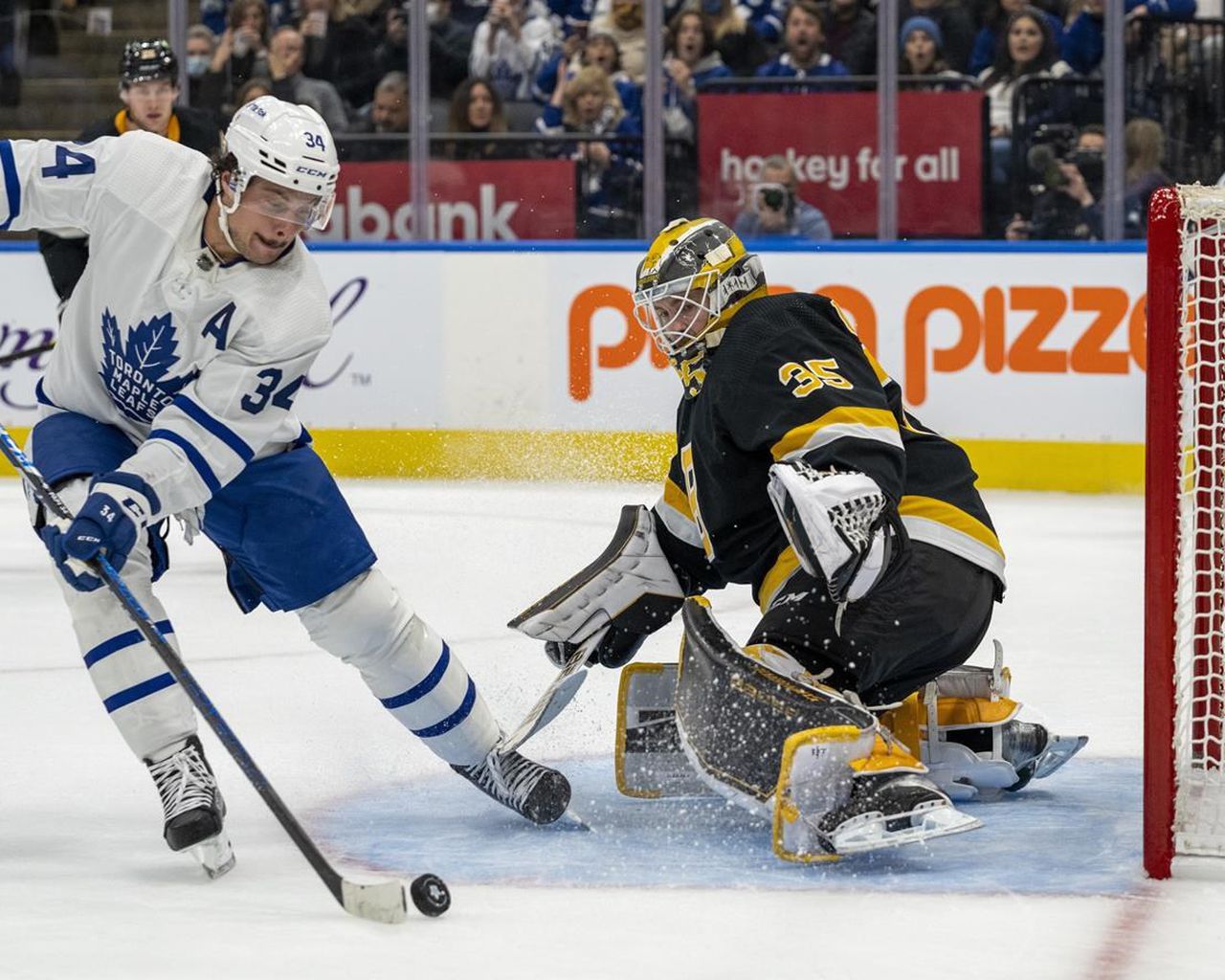
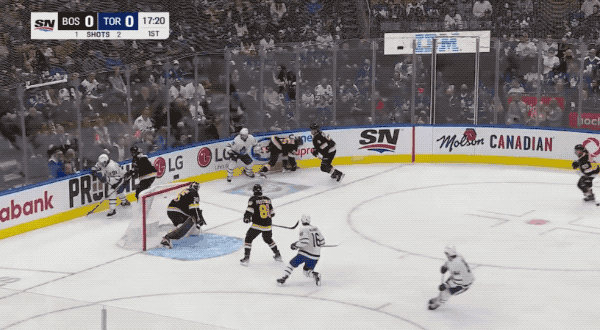

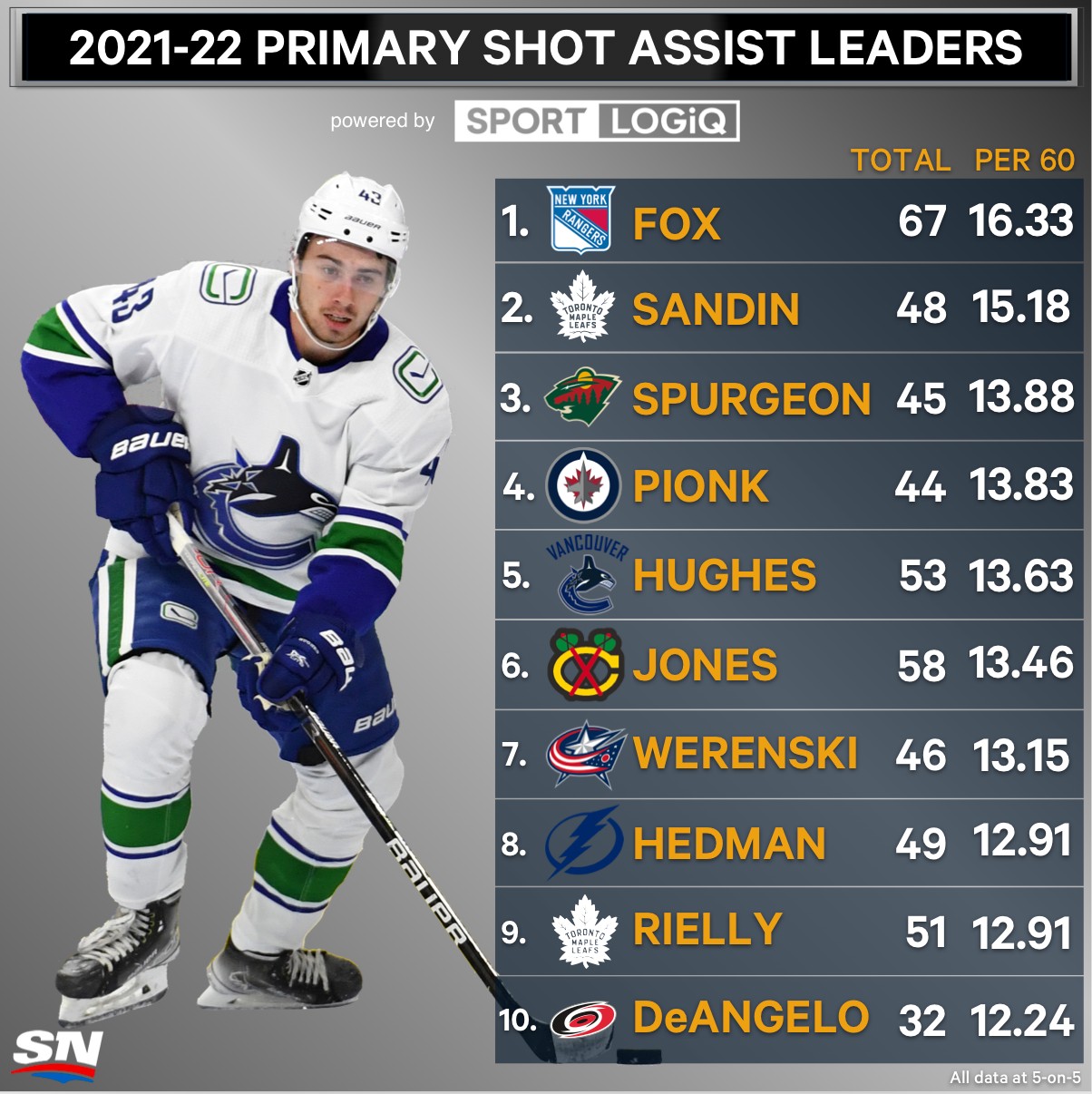
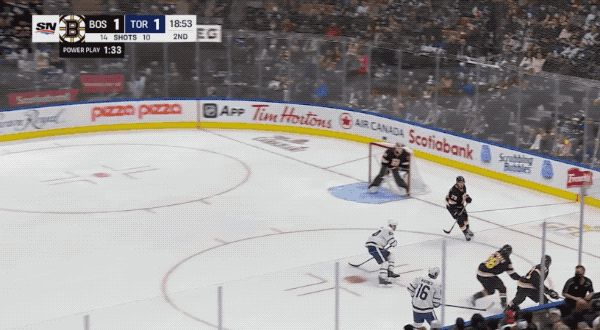
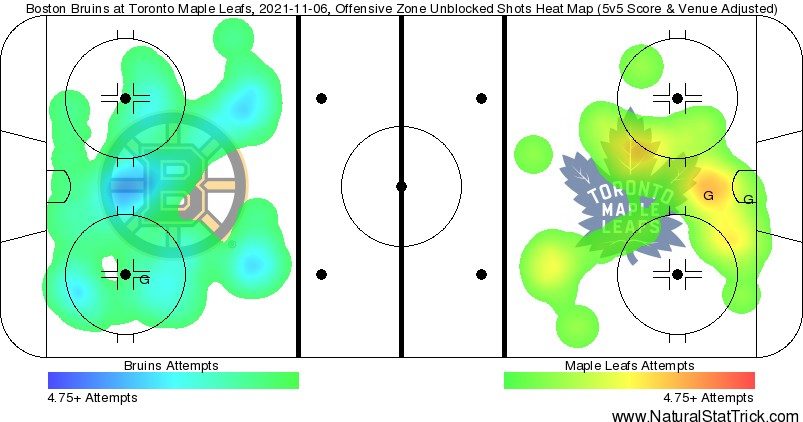

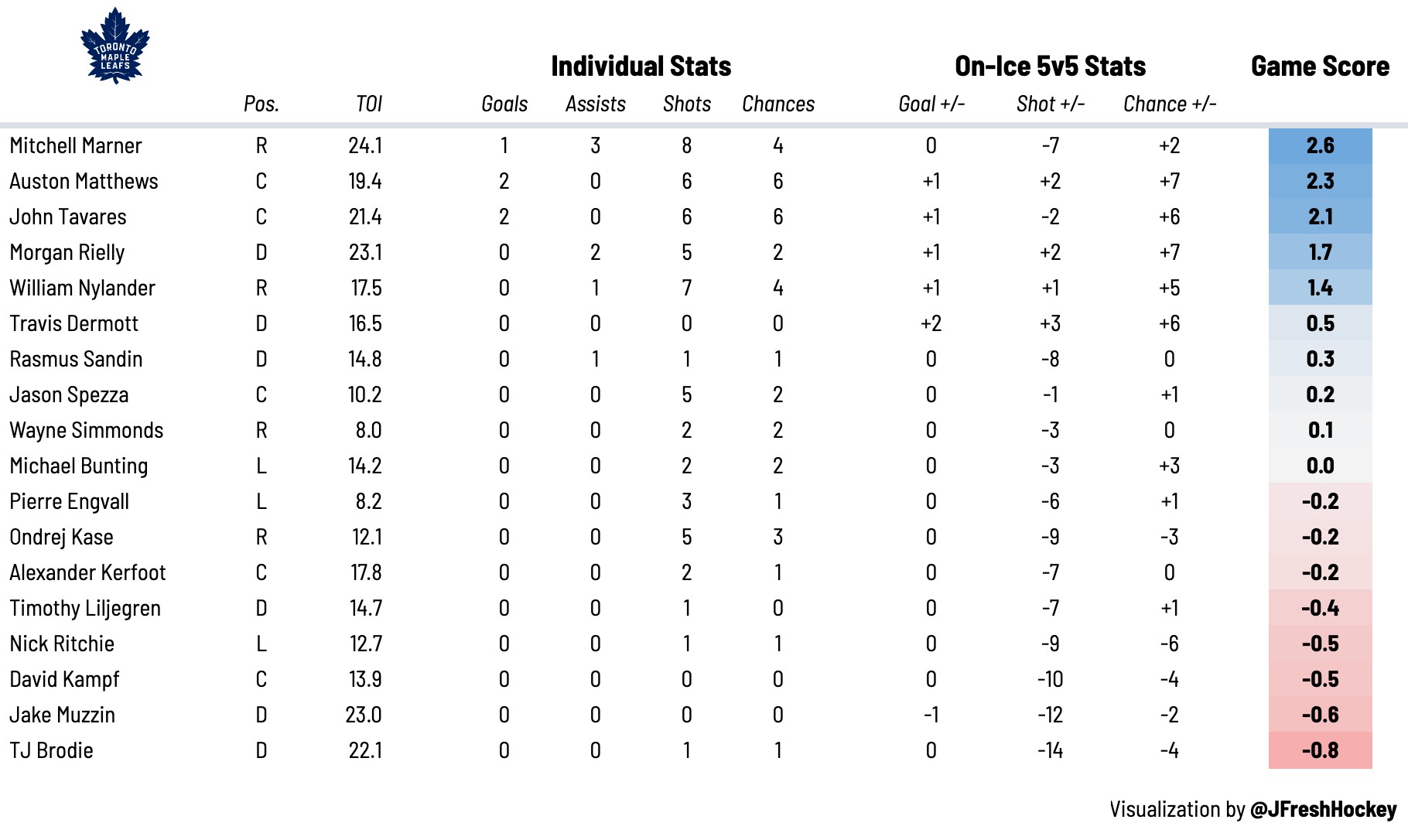





![Sheldon Keefe Post Game, Leafs 3 vs. Bruins 2: “I loved [the Matthews] line, and I loved a lot about our game all the way through the lineup” Sheldon Keefe, Toronto Maple Leafs post game](https://mapleleafshotstove.com/wp-content/uploads/2024/04/keefe-pg-game-1-100x70.jpg)



